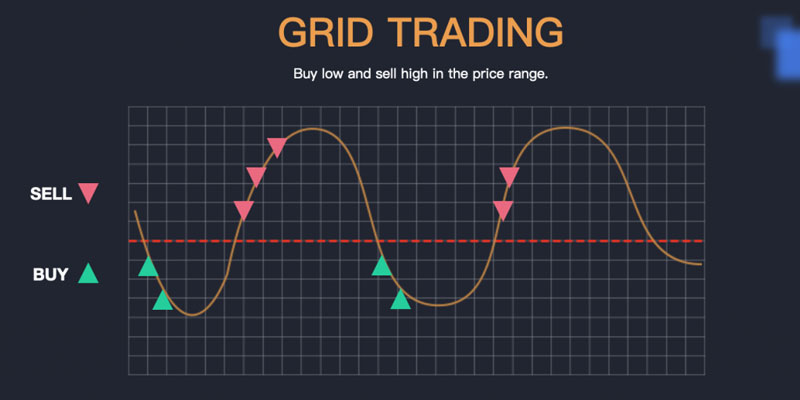
Since pensions are becoming less frequent, many people in the United States are increasingly forced to rely on employer-sponsored defined contribution plans such as 401(k)s and 403(b)s to meet a significant portion of their retirement expenses. According to the Investment Company Institute, as of June 30, 2021, 401(k) plans owned assets of around $7.3 trillion. This constituted over one-fifth of the $37.2 trillion US retirement market. To put it into perspective, the total value of 401(k) assets in 2011 was only $3.1 trillion. If you belong to this category, you must have a solid understanding of the potential costs linked to your account to limit such costs to a bare minimum.
Typical 401(K) Fees
Most 401(k) account holders will pay a range from 0.22% to 5% of their assets in fees, with an average of 2.22%. These percentages might not seem like much, but they can add to significant changes. A small fee increase of only a few basis points can reduce your return on investment by tens of thousands of dollars.

According to studies conducted at Yale University, anything exceeding 1% is considered a "rip-off." The Department of Labour only mandates fees to be "reasonable," not a set percentage or dollar amount, which means 401(k)s can charge whatever they see fit. In general, 401(k) fees are proportional to the total value of the plan, the number of members, and the length of time an employer has offered the plan. In general, fees are cheaper for larger organisations. How actively your plan's funds are managed is reflected in your costs.
Fortunately, most reports indicate that 401(k) plan expenses have decreased. Companies are cutting costs by investing more money in passively managed funds and pooling investment funds. Savings plans should be evaluated every few years to ensure they still meet your needs. Examine the typical costs associated with 401(k) plans to see how yours stack up against the market.
Understanding Your 401(K) Reports
The Department of Labour implemented a fiduciary regulation mandating the disclosure of 401(k) fees on investor statements to facilitate informed investment decisions. The regulation also mandates that 401(k) plan administrators always prioritise the interests of plan members; however, this requirement is still being determined under the present administration. This involves preserving affordable pricing.
Nonetheless, many experts in the field of investments claim that 401(k) costs are not transparent at all. The plan's administration and services cost must be itemised on annual invoices sent by the administrator. Also, charges need to be broken down in detail on receipts. Instead, the impact of the fees on the plan's net returns is highlighted. Total Asset-Based Fees, Total Operating Expenses as a Percentage, and Expense Ratios are some terms you should look for on your 401(k) account. It may be difficult for participants to understand these technical terminology, but the corresponding numbers may be deciphered.
Lessening Your 401(K) Fees
Once you've opted to invest in a 401(k), it's easier to avoid paying the fees that the plan and plan provider demand. You can reduce your financial outlay if you have a say in which funds are invested. Investing in different assets might help you avoid the need for some funds' extra fees.
Avoiding 401(k) costs is possible, but only if you forego participation in your employer's 401(k) plan. You may put your money to better use by opening a retirement account somewhere else, where you can choose your advisors and the fees you're prepared to pay. While a 401(k) allows unlimited yearly contributions, an IRA has a significantly lower annual contribution limit.

In addition, if you don't participate in your company's 401(k) plan, you could pass up the opportunity to get matching contributions from your employer. If your company contributes to your account, the transaction volume may justify the cost of the fees.
Conclusion
To save the most money for your retirement, you must know how much your 401(k) costs. Check to see whether your plans provide a low-fee fund alternative if you're concerned about the cost of your investments. If your organisation needs to provide more low-cost investment opportunities, talk to your HR department or boss about adding some. Remember that cheaper plans aren't necessarily inferior. Whether you choose to invest primarily in large-cap stocks, small-cap stocks, or something else will affect your costs.
Individual retirement accounts with minimal costs are another alternative if none of your employer's plans meets your demands. However, you should reconsider if your employer provides a matching gift programme. A 401(k)'s matching contribution can offset the plan's annual charge. Before choosing a choice, examining your money and evaluating your priorities closely is important.



